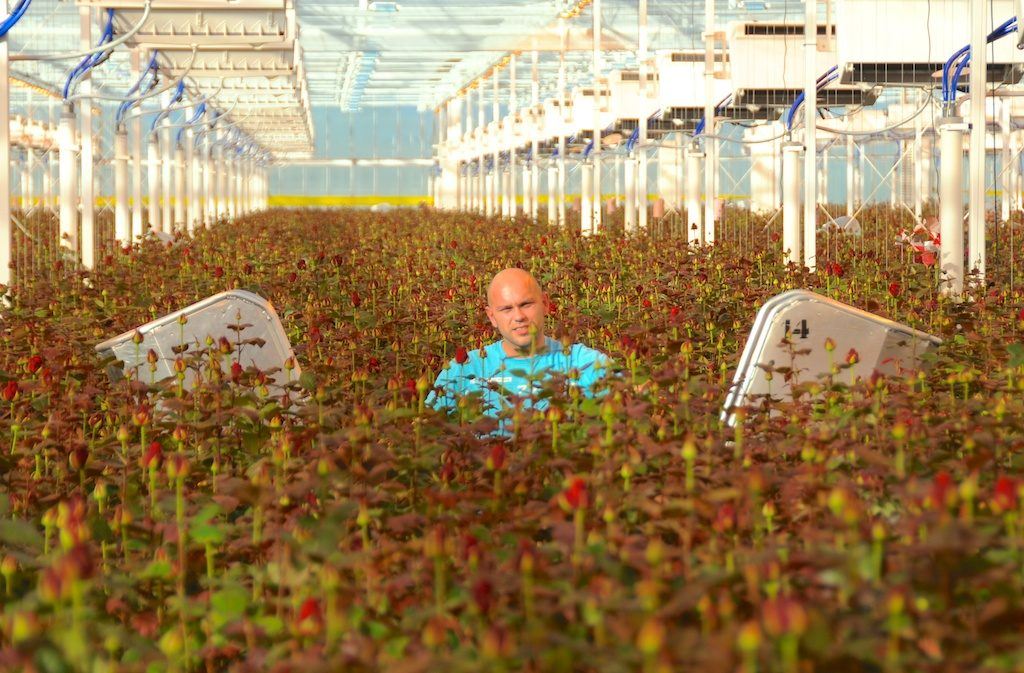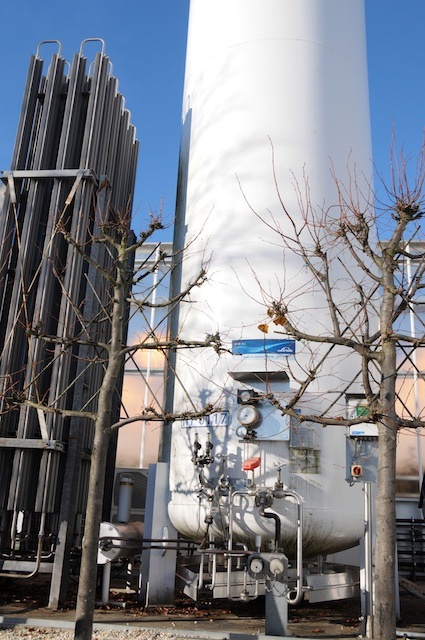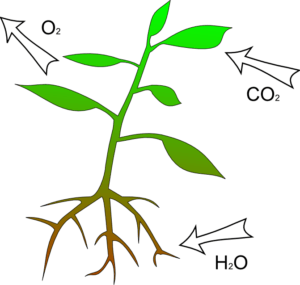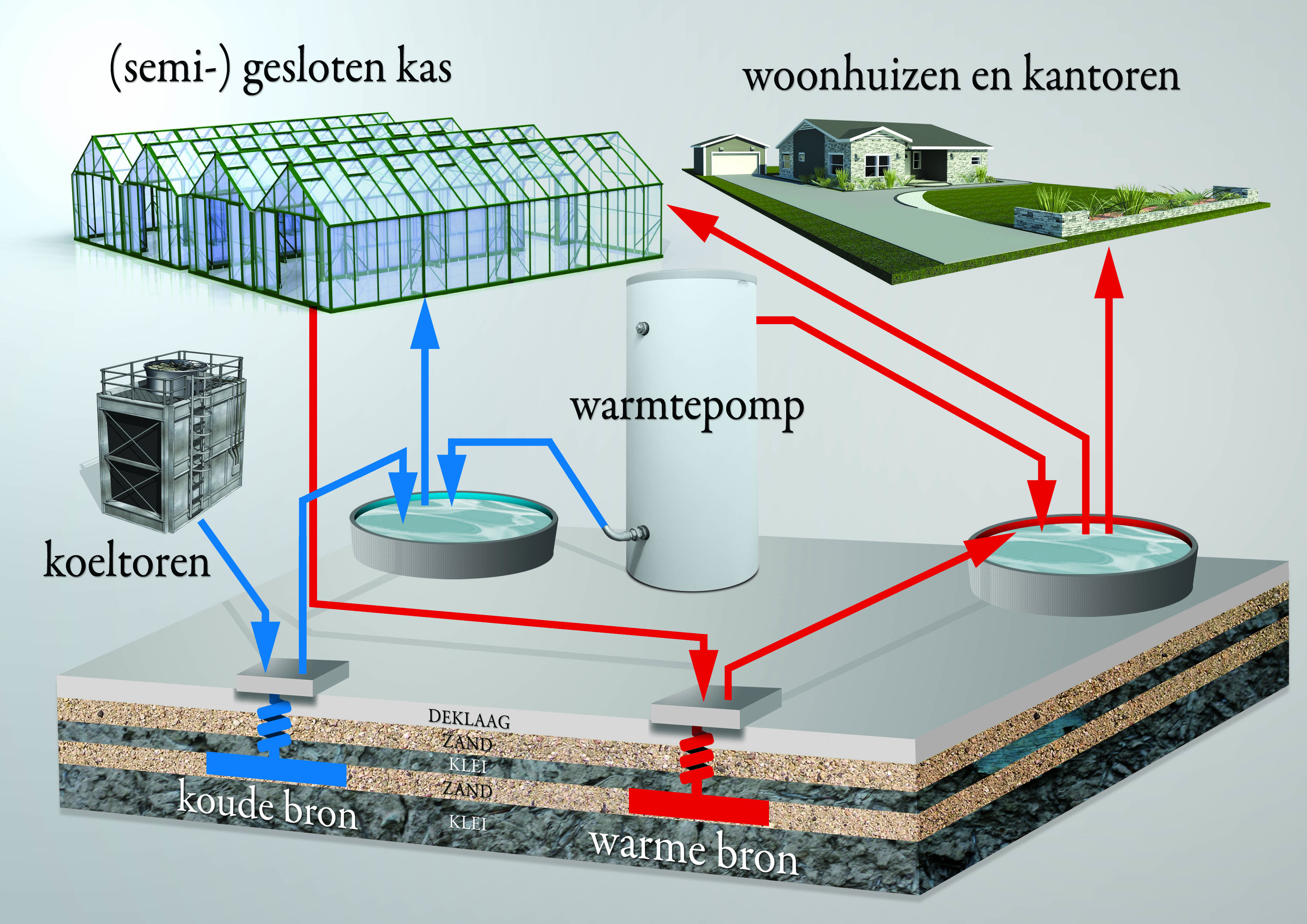
In early April, Porta Nova was on the air during prime time on the national news channel. Our agricultural and horticultural sectors are struggling to become less dependent on the use of natural gass and energy in general in order to achieve increased sustainability and address the challenges of the exhaustibility of Groningen gas and rising gas prices.
In recent years, our company has witnessed the development from 100% natural gas usage (until 2007) to virtually no natural gas usage. This has been achieved thanks in part to such innovations as the Climator.
To draw attention to these developments, the NOS (Dutch Broadcast Foundation) conducted an interview and aired it during the 8 o’clock news, the most important news programme on Dutch television. (NOS film)
Our unique Climator system has enabled us to serve as a prominent example of sustainability for years now… And the best part is that it also helps us deliver superior quality all year long!
HOW “THE CLIMATOR” WORKS:
During the Dutch summer, there are often days that are too hot to grow perfect quality roses with large buds. And this is something Porta Nova refuses to put up with. We became the only rose grower in the Netherlands to invest in an ultra-modern, ingenious cooling/heating system: “The Climator”. We use it to cool the greenhouse in summer and heat it in winter, so we can guarantee that the roses we grow are of the best possible quality, every day of the year! This is achieved without using power hungry air conditioning; we use a very environmentally friendly system instead.
In summer, the greenhouse is cooled using cold water that is pumped from a depth of 100 meters behind the premises into a 6000 m3 daily storage tank.
By using this daily supply, plus the cold water produced by the heat pump, we can cool the greenhouse and create an ideal temperature inside, no matter the circumstances outside the greenhouse.
The “Climator” plays an important part in this process. The heat exchanger very efficiently transfers the cold of the water to the greenhouse air, thus heating the cooling water at the same time. The heated water that is returned from the greenhouse then gets pumped back into the ground to the same depth at the front of the site. This means the water is not actually consumed or wasted; it is just used to carry energy.
In winter, the greenhouse is heated using the hot water stored in the ground in summer. This is pumped up to the heat pump, which increases the temperature of the water to 35°C. The water is then used to heat the greenhouse. On the other side of the heat pump, the water is cooled down to 5°C, and is stored in the ground for the coming cooling season. This way, all excess summer heat from the summer is used to heat the greenhouse in winter. It means it is no longer necessary to use fossil fuels such as gas to heat the greenhouse. In fact, there is a huge excess of heat, which could be used to heat 3000 homes. The drawing below shows the energy flows.

PORTA NOVA ALSO CONTRIBUTES TO REDUCING CO2 EMISSIONS.
 CO2 is a waste product around the world. But for roses, it is one of the most important elements (nutrients) needed to create good quality. Roses need CO2 for the photosynthesis process, during which they convert it into sugars and oxygen. Porta Nova obtains CO2 from waste flows from a power plant in Rotterdam, enabling us also to contribute to reducing CO2 emissions.
CO2 is a waste product around the world. But for roses, it is one of the most important elements (nutrients) needed to create good quality. Roses need CO2 for the photosynthesis process, during which they convert it into sugars and oxygen. Porta Nova obtains CO2 from waste flows from a power plant in Rotterdam, enabling us also to contribute to reducing CO2 emissions.












